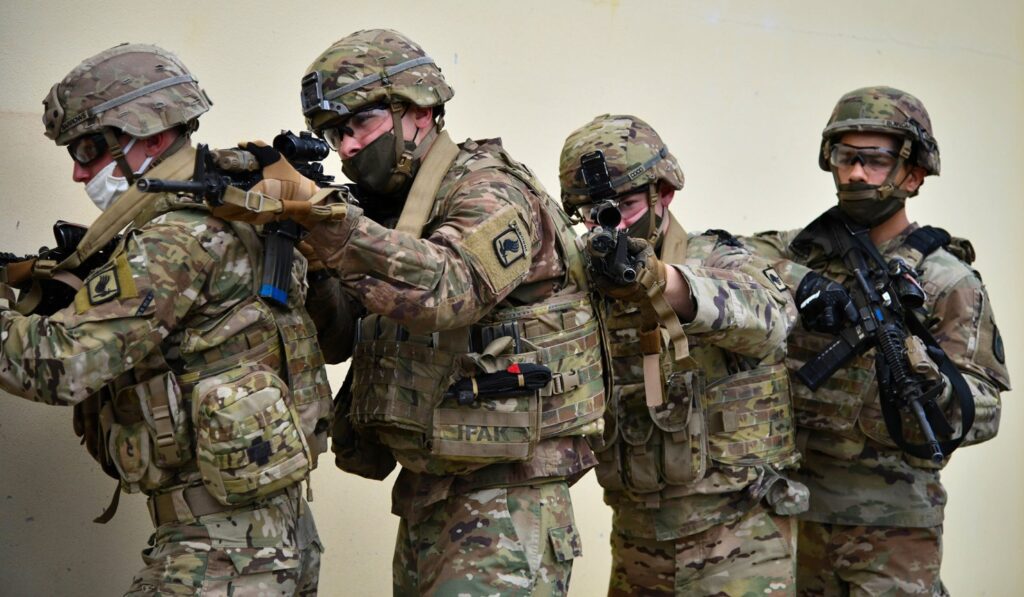The United States Navy, established in 1775 during the American Revolutionary War, has grown into a powerful force with a rich history of protecting American interests at sea. With a mission to maintain combat-ready forces capable of winning wars and deterring aggression, the Navy also engages in humanitarian efforts and peacekeeping operations worldwide. Organized into fleets responsible for specific geographic areas, the Navy utilizes advanced technology and maintains a global presence in various oceans and seas. As the most powerful naval force in the world, the U.S. Navy plays a crucial role in defending the nation and ensuring peace and stability at sea.
An Overview of the United States Navy
Introduction
The United States Navy is the naval warfare branch of the United States Armed Forces and is considered to be the most powerful navy in the world. With a rich history dating back to the American Revolutionary War, the U.S. Navy has played a crucial role in protecting American interests at sea and projecting power around the globe.
History
The U.S. Navy was established on October 13, 1775, during the American Revolutionary War. Since then, it has grown into a formidable force with a global presence. The Navy has participated in every major conflict in American history, from the War of 1812 to the Vietnam War to the War on Terror.
Mission
The mission of the U.S. Navy is to maintain, train, and equip combat-ready naval forces capable of winning wars, deterring aggression, and maintaining freedom of the seas. The Navy also plays a crucial role in humanitarian missions, disaster relief efforts, and peacekeeping operations around the world.
Organization
The U.S. Navy is organized into several fleets, each responsible for a specific geographic area. These fleets deploy ships, aircraft, and personnel to maintain a forward presence and respond to contingencies in their respective regions. The Navy also has specialized units such as SEAL teams, submarines, and aircraft carriers.
Technology
The U.S. Navy is at the forefront of naval technology, with advanced warships, aircraft, and weapons systems. The Navy’s fleet includes aircraft carriers, destroyers, submarines, and amphibious assault ships, all equipped with the latest in communications, sensors, and weapons technology.
Global Reach
The U.S. Navy maintains a global presence, with ships and aircraft deployed around the world to protect American interests and respond to threats. The Navy conducts operations in the Pacific, Atlantic, and Indian Oceans, as well as the Mediterranean Sea, Persian Gulf, and South China Sea.
Conclusion
The United States Navy is a vital component of America’s national defense and security. With its unmatched capabilities, advanced technology, and global reach, the Navy stands ready to defend the nation and its allies against any threat. As the world’s most powerful naval force, the U.S. Navy plays a critical role in maintaining peace and stability on the high seas.
